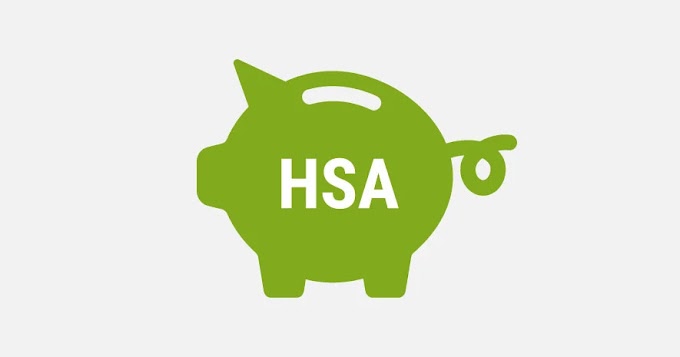401(k) Plans:
Contribution Limits: For 2023, the contribution limit is $22,500 per year, with an additional catch-up contribution of $7,500 for those aged 50 and older.
Employer Match: Many employers offer matching contributions, which can significantly boost retirement savings. For example, an employer might match 50% of employee contributions up to a certain percentage of salary.
Tax Implications: Contributions are made pre-tax, reducing taxable income for the year. Taxes are paid upon withdrawal during retirement.
IRA (Individual Retirement Account):
Traditional IRA: Contributions may be tax-deductible depending on income and participation in an employer-sponsored plan. Withdrawals are taxed as ordinary income in retirement.
Roth IRA: Contributions are made with after-tax dollars, meaning withdrawals in retirement are tax-free, provided certain conditions are met (like holding the account for at least five years and being over age 59½).
Contribution Limits: For 2023, the contribution limit for IRAs is $6,500, with a $1,000 catch-up contribution for those 50 and older.
Pension Plans:
Defined Benefit Plans: These plans provide a predetermined monthly benefit based on salary and years of service. They are becoming less common, especially in the private sector.
Funding: Employers are responsible for funding the pension, and employees often do not contribute directly.
Other Accounts:
SEP IRA and SIMPLE IRA: Designed for self-employed individuals and small businesses, these accounts have higher contribution limits than traditional and Roth IRAs.
Health Savings Accounts (HSAs): While primarily for medical expenses, HSAs can also serve as a supplemental retirement savings tool due to tax advantages.
Social Security
Eligibility: To qualify for Social Security benefits, individuals need to earn 40 credits, which typically requires about 10 years of work.
Benefit Calculation: Benefits are based on the highest 35 years of earnings, adjusted for inflation. The Social Security Administration provides estimates of future benefits through its website.
Claiming Age: Benefits can be claimed as early as age 62, but doing so results in reduced monthly payments. Full retirement age (FRA) varies between 66 and 67 years, with delayed retirement (up to age 70) resulting in increased benefits.










0 Comments